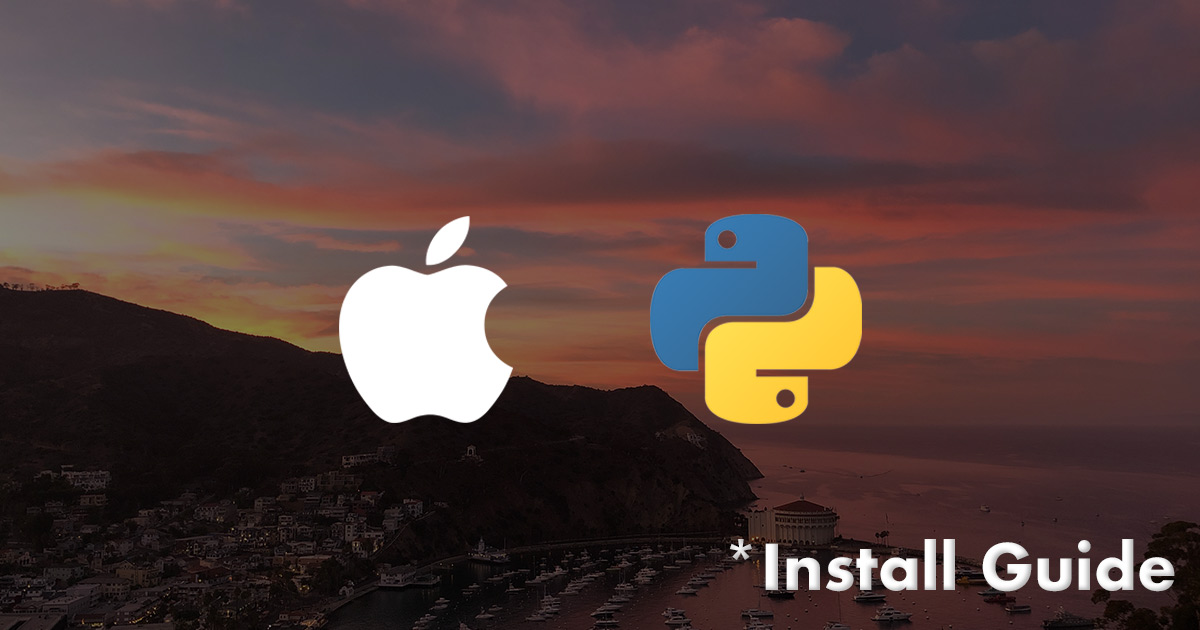

#Pip flask python 3 install module plus#
This command installs the Flask package plus all of its dependencies (ie. Start by installing the Flask framework, which is the ‘flask’ package: If you are using Python 3.4 or greater, pip gets automatically installed in your virtual environment. Since the virtual environment is active, running the python interpreter will use Python3!Īfter creating the virtual environment for your application, it is time to start installing the Python packages that you need using pip. To start using the virtual environment that was created, it needs to be activated:Īfter activating the virtual environment, the virtual environment name gets displayed on your command prompt (the ‘(venv)’ at the left of the prompt). Scripts for activating and deactivating the virtual environment.Python interpreter (Python 3.6.3 in this case).This command created a new directory called ‘venv’ which contains the following items to keep this project isolated from the other projects on your system: NOTE: make sure to use ‘python3’ instead of ‘python’ to guarantee that Python3 will be used in the virtual environment. Here’s the command for creating a new virtual environment, where the directory to create the virtual environment in is specified as ‘venv’. Note: the venv module was added in Python 3.3. Since this project is using Python3, there is a built-in module called venv that can be used for creating virtual environments. Having separate virtual environments for each project allowed me to easily configure which version of Python to use. A new project where I wanted to use Python3.An existing project required using Python2, as a needed package only supported Python2.Virtual environments really became beneficial to me when I was working on two simultaneous projects:

version of the Python interpreter, imported python packages, etc.). Virtual environments create an isolated environment for each project, which means that each project can have its own dependencies (ie. Virtual Environmentsįor even the simplest projects, creating a virtual environment is a great idea. I strongly recommend using Python3 for all new projects, as it has tons of new features and the support for Python2 ( legacy Python) is ending in 2020 ( countdown clock). Start by creating a new directory and changing into that directory:Īt this point, you will likely see that you have at least two version of python available on your system: This is my preferred approach for starting a new Flask project, as it proves out the environment that is being created. The easiest way to create a Flask application is to put everything into a single file. This blog post assumes the use of Python 3.4 or greater, as these versions have the ‘venv’ module built-in for creating virtual environments and pip comes automatically installed in the virtual environment that gets created. This blog post covers getting up and running with a simple “Hello World” application using the following tools: This blog post describes my current approach to starting a new Flask project.


 0 kommentar(er)
0 kommentar(er)
